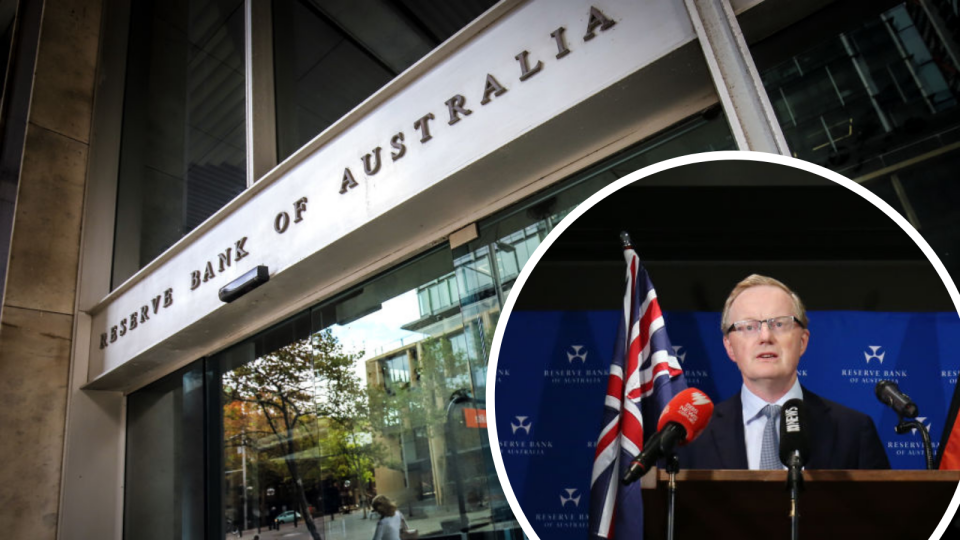The Reserve Bank is missing its target – again

It looks like the Reserve Bank of Australia is going to miss another of its targets.
Having failed to get inflation in within the 2 to 3 per cent target for five years, it now looks like the RBA is paralysed and failing to take the easy policy steps to meet its target for the 3-year government bond yield.
Back on March 2020, as the economy nose-dived into recession, the RBA announced that it would be buying 3 year government bonds with the express goal of lowering funding costs across the economy. It was a good thing to do given the recession unfolding before its eyes.
The RBA said it would be “purchasing” Australian government bonds and in the process was targeting a yield of around 0.25 per cent for 3 year bonds.
The good news was it broadly achieved this goal, that is until a couple of weeks ago when market forces starting pushing government bond yields lower.
More from The Kouk:
A week ago, for example, the yield on 3 year bonds fell to 0.20 per cent and at the time of writing, the yield on the 3 year bond has fallen further still to just 0.15 per cent.
At one level, it matters little because funding costs are lower than the RBA was thinking appropriate to help the economy. That is, there is more stimulus in the economy that the RBA was planning to deliver.
On another, it is a policy miss, which opens the question of whether the market can trust an already battered and bruised RBA when it fails to hit another target?
Unlike the inflation target, which can be heavily influenced by temporary factors outside the RBA’s control, the 0.25 per cent goal for 3-year bonds can be easily met.
The RBA has accumulated around $60 billion of bonds with its purchase after March as it worked to hold yields around the 0.25 per cent target.
What can the RBA do?
In order to drive yields higher in the current climate, the RBA can simply sell as many of these holdings as required to drive yields higher.
A concerted bout of bond selling from the RBA would, of course, be market moving.
If the RBA found that, for whatever reason, it ran out of actual bonds to sell to hit its target, could tap the derivatives market to help meet its goal.
It has used financial market derivatives on many occasions in the past so there would be nothing unusual about it taking such action this time around.
The really good news when the RBA sells its bonds is that it would make money. The 10 to 12 basis point fall in yields from the price it paid for the bonds would be substantial.
These profits could, in time, be paid to tax payers via a dividend to the government to reduce the budget deficit.
It would be a win-win action.
It is not clear yet, why the RBA has not acted to meet its bond yield target. Given its silence on the issue and lack of policy action to correct the miss, we can only speculate.
In terms of the funding of the budget deficit, each bond tender from the Australian Office of Financial Management has been met with huge demand and a mass over-subscription. Investors are willing to fund the budget deficit at interest rates at or even below the RBA target.
At this stage, there is no need for the RBA to do anything other than enter the market as required, to meet the 0.25 per cent target and right now, that means it needs to sell some bonds to drive yields higher.
Make your money work with Yahoo Finance’s daily newsletter. Sign up here and stay on top of the latest money, economy, property and work news.
Follow Yahoo Finance Australia on Facebook, Twitter, Instagram and LinkedIn.

 Yahoo Finance
Yahoo Finance 